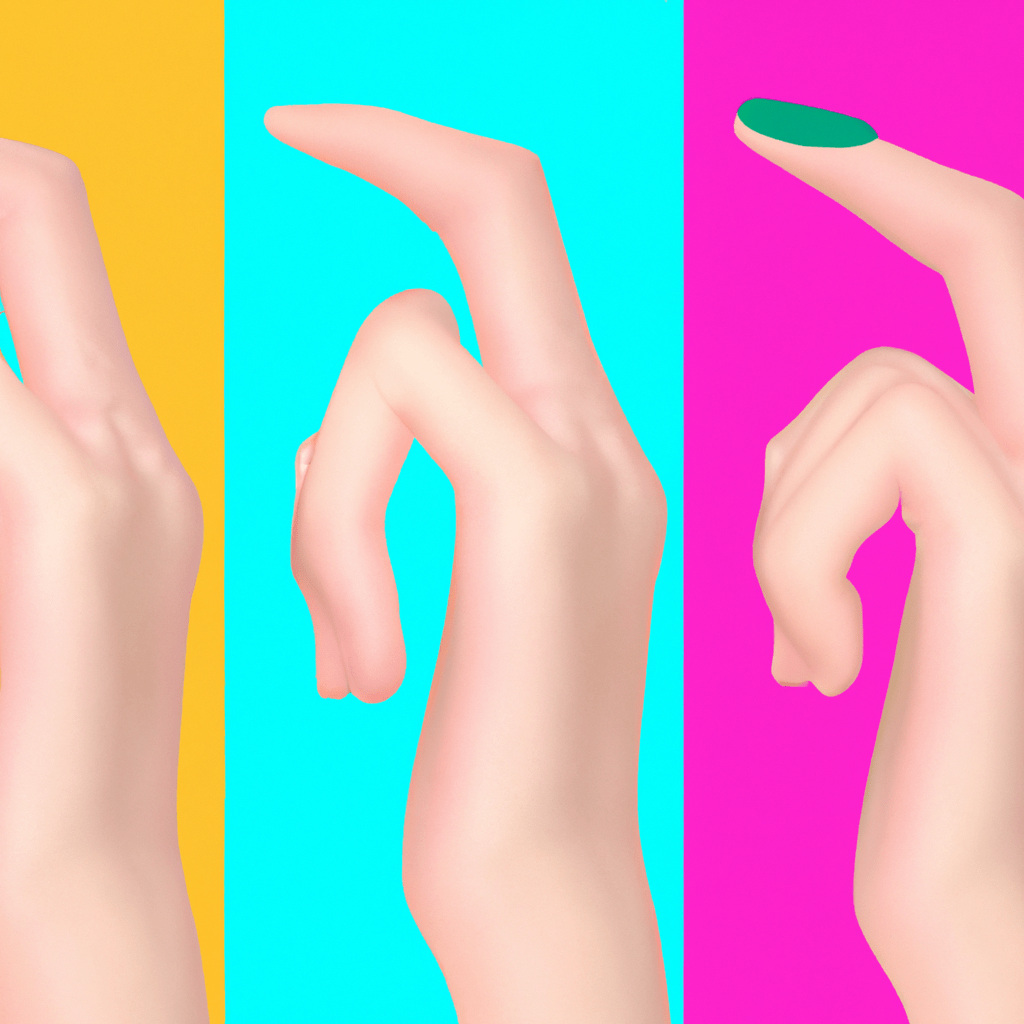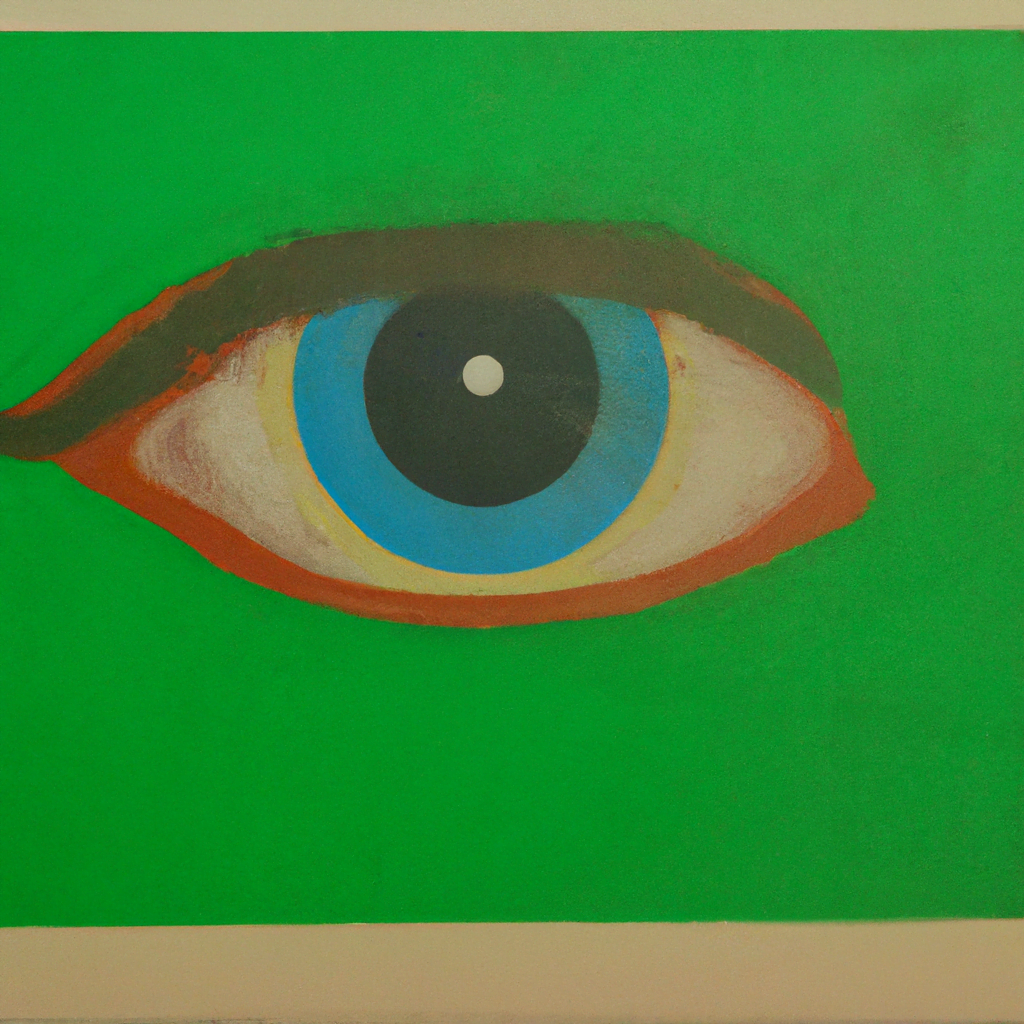
Tips for Creating Eye-Catching Illustrated Patterns and Textures

Illustrated patterns and textures can add depth, interest, and personality to various design projects. Whether you are working on a website, a print design, or even a product, incorporating eye-catching patterns and textures can elevate your work to the next level. In this article, we will explore some valuable tips and techniques to help you create visually appealing illustrated patterns and textures.
1. Understand the Purpose and Context
Before diving into the creation process, it is crucial to understand the purpose and context of your design project. Consider the target audience, the brand identity, and the overall message you want to convey. This understanding will guide your choices in terms of color, style, and complexity.
For example, if you are designing a website for a children’s toy brand, you may want to use bright and playful patterns with simple illustrations. On the other hand, if you are creating a brochure for a luxury brand, you might opt for more sophisticated and elegant patterns.
2. Research and Gather Inspiration
Research and gathering inspiration are essential steps in any design process. Look for existing patterns and textures that resonate with your project’s goals. Explore various sources such as design blogs, social media platforms, and online galleries to find inspiration.
Take note of the elements that catch your eye, such as color combinations, line styles, and overall composition. By analyzing successful examples, you can gain insights into what works well and apply those principles to your own designs.
3. Sketch and Plan Your Design
Once you have a clear understanding of your project’s purpose and have gathered inspiration, it’s time to start sketching and planning your design. Sketching allows you to explore different ideas and compositions before committing to a final design.
Consider the overall layout, the placement of patterns and textures, and how they interact with other design elements. Experiment with different shapes, sizes, and arrangements to find the most visually appealing composition.
4. Choose the Right Tools
Choosing the right tools is crucial for creating eye-catching illustrated patterns and textures. Depending on your preferences and expertise, you can use traditional mediums such as pen and paper, or digital tools like graphic design software.
If you prefer traditional mediums, experiment with different pens, brushes, and papers to achieve the desired textures and effects. On the other hand, digital tools offer a wide range of possibilities, allowing you to create intricate patterns and textures with ease.
5. Experiment with Color and Texture Combinations
Color and texture combinations play a significant role in creating visually appealing patterns. Experiment with different color palettes to find the right balance between harmony and contrast. Consider the emotions and associations that different colors evoke and choose accordingly.
Textures can add depth and interest to your patterns. Experiment with various techniques such as stippling, cross-hatching, or using textured brushes to create unique and captivating textures. Combining different textures can create visually dynamic patterns that catch the viewer’s attention.
6. Pay Attention to Scale and Proportion
Scale and proportion are essential elements in creating eye-catching patterns and textures. Consider the size of your design and how it will be used. Patterns that are too small might lose their impact, while patterns that are too large can overwhelm the viewer.
Pay attention to the proportion of different elements within your design. Balance the sizes of illustrations, patterns, and textures to create a visually pleasing composition. Use negative space strategically to allow the patterns and textures to breathe and stand out.
7. Test and Iterate
Testing and iterating are crucial steps in the design process. Once you have created your illustrated patterns and textures, test them in different contexts and mediums. Consider how they look on different devices, materials, or print formats.
Solicit feedback from colleagues, clients, or target audience members to gain valuable insights. Iterate on your designs based on the feedback received, making necessary adjustments to improve the overall impact and effectiveness of your patterns and textures.
8. Use Patterns and Textures Strategically
When incorporating illustrated patterns and textures into your designs, use them strategically to enhance the overall message and visual appeal. Avoid overusing patterns and textures, as it can lead to a cluttered and distracting design.
Consider the hierarchy of your design elements and use patterns and textures to guide the viewer’s attention. Use them to highlight important information or create focal points within your design. By using patterns and textures strategically, you can create a visually cohesive and engaging design.
Summary
Creating eye-catching illustrated patterns and textures requires a combination of creativity, planning, and attention to detail. By understanding the purpose and context of your design project, gathering inspiration, and experimenting with color, texture, and scale, you can create visually appealing patterns that captivate your audience.
Remember to sketch and plan your design, choose the right tools, and test and iterate to refine your patterns and textures. Use them strategically to enhance your overall design and guide the viewer’s attention. With these tips in mind, you are well-equipped to create eye-catching illustrated patterns and textures that elevate your design projects to new heights.
